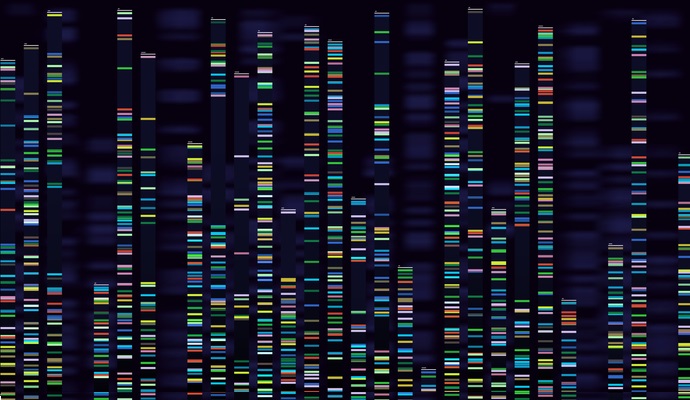Machine Learning Predicts Dialysis, Death in COVID-19 Patients
A machine learning model uses predictive analytics to detect whether COVID-19 patients will need dialysis treatment or have a high risk of death.

Source: Getty Images
- Researchers developed a machine learning model that uses predictive analytics to detect a COVID-19 patient’s risk of death or dialysis treatment, a new study published in the Clinical Journal of the American Society of Nephrology shows.
“Acute Kidney Injury treated with dialysis initiation is a common complication of COVID-19 infection among hospitalized patients. However, dialysis supplies and personnel are often limited,” the study explained.
The development of an accurate machine learning model could enable hospitals to make informed decisions about where to allocate dialysis resources. Researchers studied EHR data of adult patients with COVID-19, all admitted to hospitals within the Mount Sinai Health System between March and December of 2020. The final count included 2,442 patients in the internal validation cohort and 3,651 patients in the external validation cohort.
Researchers developed and tested five machine learning models: LASSO, random forest, XGBoost with imputation, XGBoost without imputation, and logistic regression. The XGBoost model without imputation proved to be the most effective at predicting death or dialysis in patients.
“Machine learning allows us to discern complex patterns in large amounts of data,” said Akhil Vaid, MD, one of the study’s authors, in a press release.
“For COVID-19 inpatients, this means being able to more easily identify incoming at-risk patients, while pinpointing the underlying factors that are making them better or worse. The underlying algorithm, XGBoost, excels in accuracy, speed, and other under-the-hood features that allow for easier deployment and understanding of model predictions.”
The study analyzed EHR data from the first 12 hours of patients being admitted to the hospital, and the machine learning algorithms were able to predict dialysis or death at one, three, five, and seven days after hospital admission.
The internal validation cohort had varying rates of dialysis treatment or death: 1.4 percent within one day, 4.1 percent within three days, 6.0 percent within five days, and 8.1 percent within seven days. Meanwhile, the rates of the external validation cohort were 1.6 percent within one day, 5.0 percent within three days, 9.5 percent within five days, and 12.8 percent within seven days.
The non-imputed XGBoost model outperformed all other models; its area under the receiver operating curve (AUROC) was 0.98 at one day, 0.96 at three days, 0.94 at five days, and 0.93 at seven days, for the internal validation cohort.
“As a nephrologist, we were overwhelmed with the increase in patients who had AKI during the initial surge of the COVID-19 pandemic,” said study co-author Lili Chan, MD, in the press release.
“Prediction models like this enable us to identify, early on in the hospital course, those at risk of severe AKI (those that required dialysis) and death. This information will facilitate clinical care of patients and inform discussions with patients and their families.”
The study shows potential for machine learning algorithms to be integrated into EHR systems, which would allow for more efficient and accurate treatment. More research is needed to see if this model can be applied to other systems, the study maintains.
Researchers concluded that “identification of patients at risk for acute dialysis and death in COVID-19 presents a variety of challenges. One such difficulty pertains to resource allocation in a potentially overcrowded hospital. Our models may assist with this challenge and are being currently prospectively validated and deployed in a real-world setting to aide in management of hospitalized patients with COVID-19.”
Elsewhere, researchers have applied machine learning models to various data sets across healthcare and found success in predicting disease risk. A recent study trained machine learning models to predict the risk of gastrointestinal bleeding within six to twelve months of a patient being prescribed antithrombotic drugs.
Another study used predictive analytics and X-ray imaging data to detect which COVID-19 patients would contract life-threatening medical issues within four days of admission. Specifically in the time of COVID-19, hospital resources are stretched thin. Predictive machine learning models have the potential to minimize waste and maximize efficiency.
